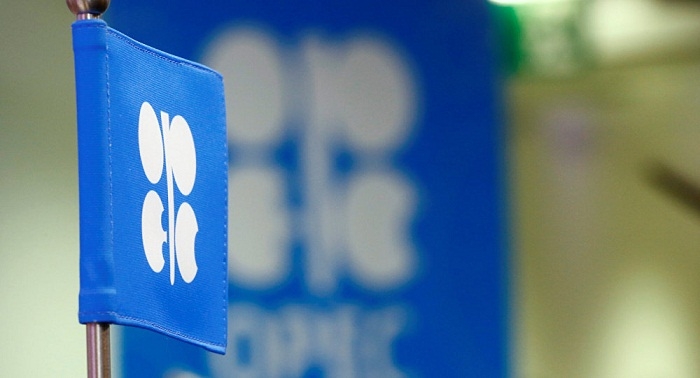OPEC production rose in July, a Reuters survey found Monday, despite a deal to cut output. That prompted selling after U.S. oil futures had risen more than 16 percent since late June.
"It seems to be more technical and a combination of that and the OPEC story has everybody running for exits at the same time," said Phil Flynn, analyst at Price Futures Group in Chicago.
U.S. inventory reports due on Tuesday and Wednesday are expected to show crude stocks fell by 2.9 million barrels last week, the fifth straight week of declines.
Brent crude LCOc1, the international benchmark, settled down 94 cents, or 1.8 percent, to $51.78 a barrel, while U.S. crude CLc1 ended down $1.01, or 2 percent, to $49.16 a barrel.
"Momentum indicators have us in overbought territory over the last few days, which is telling you (oil) is going to pull back somewhat," said Robert Yawger, director of energy futures at Mizuho Americas.
Gasoline and heating oil crack spreads RBc1-CLc1 HOc1-CLc1 were stronger on Tuesday after Royal Dutch Shell (RDSa.L) said its Pernis refinery in the Netherlands, Europe's largest oil refinery, will remain closed through mid-August following a fire.
Industry group the American Petroleum Institute (API) reports data on U.S. inventories at 4:30 p.m. EDT (2030 GMT). The U.S. government's official data is out on Wednesday.
On the demand side, forecasters including the International Energy Agency have been raising their estimates. Oil company BP said Tuesday it sees demand growing by 1.4 to 1.5 million barrels per day (bpd).
The Organization of the Petroleum Exporting Countries, along with Russia and other non-members have agreed to reduce output by 1.8 million bpd from Jan. 1, 2017 until March next year to get rid of excess supply.
Oil output by OPEC rose last month by 90,000 bpd to a 2017 high, led by Libya, one of the exempt producers.
More about: #opec
















































